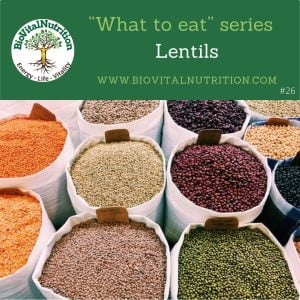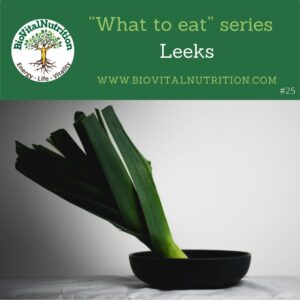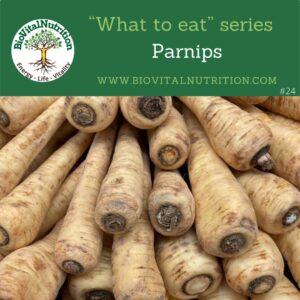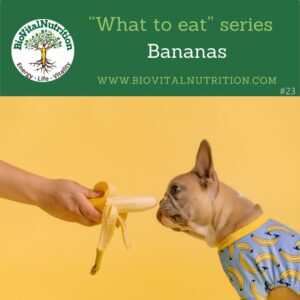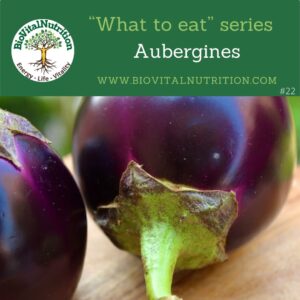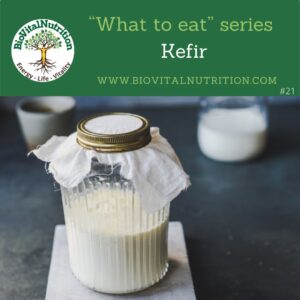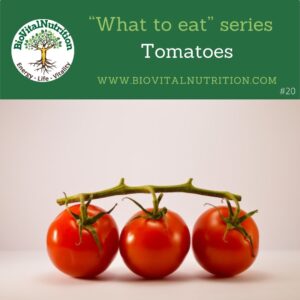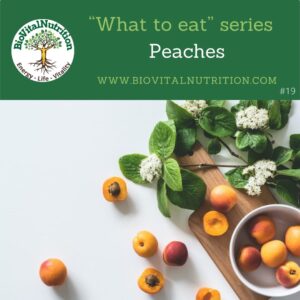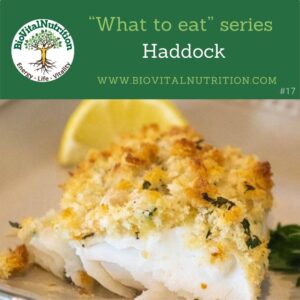This is the time of the year to enjoy this wonderful fruit (yes, it is a fruit despite being generally considered and cooked as a vegetable) at its best. Summer conveys images of juicy, sweet & colourful (red, orange, yellow, green, purple) tomato salads, sprinkled with olive oil and basil or simply prepared as a sauce for a delicious pasta dish. Tomatoes belong to the nightshade family & originated in South America. They are rich in water, fibre, vitamins (B, C, K), minerals (potassium, folate/B9) & antioxidants (lycopene, beta carotene, naringenin, chlorogenic acid, chlorophyll, lutein, zeaxanthin). However, it is important ...
